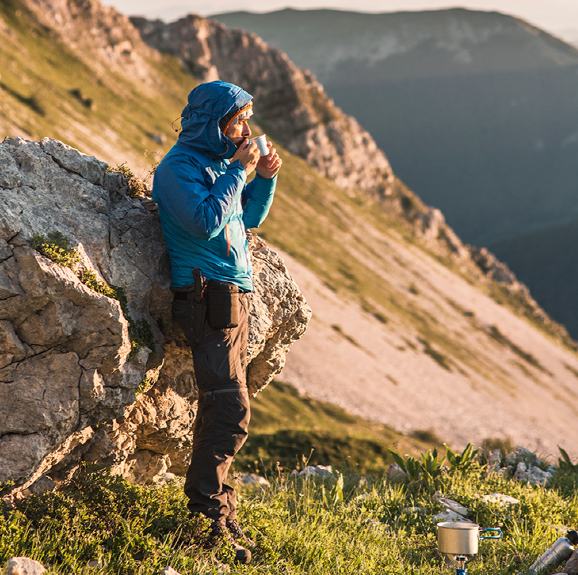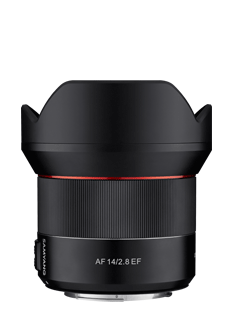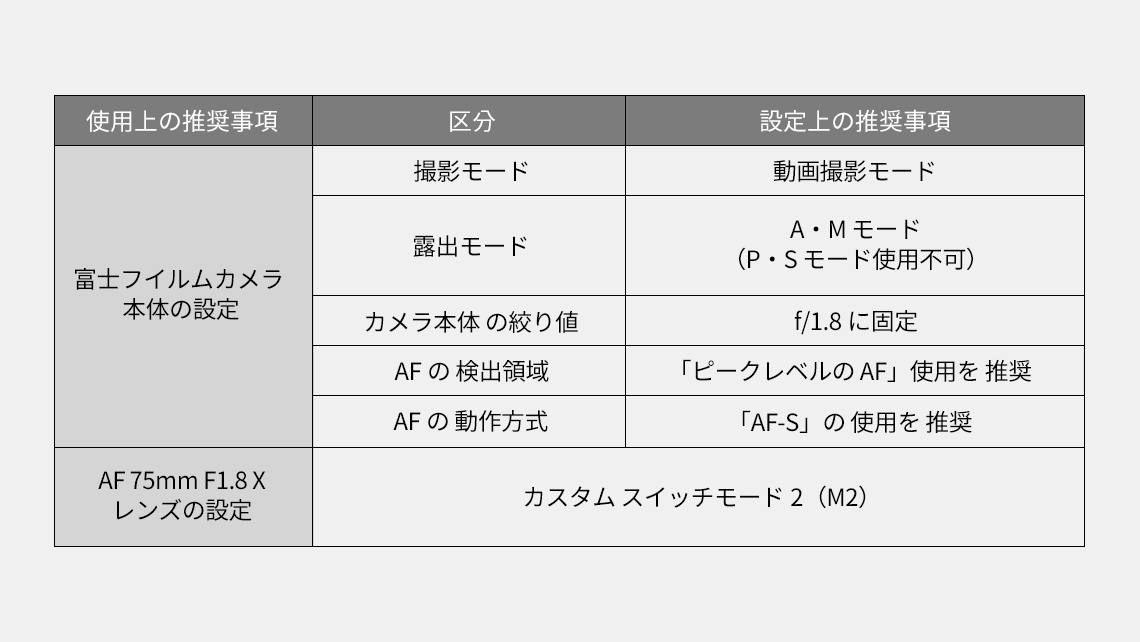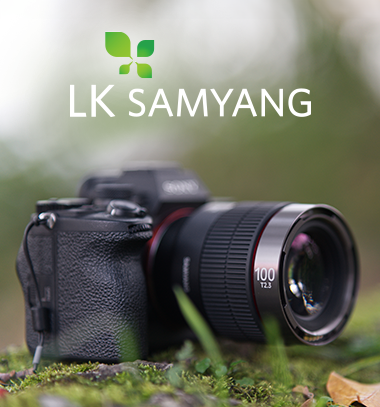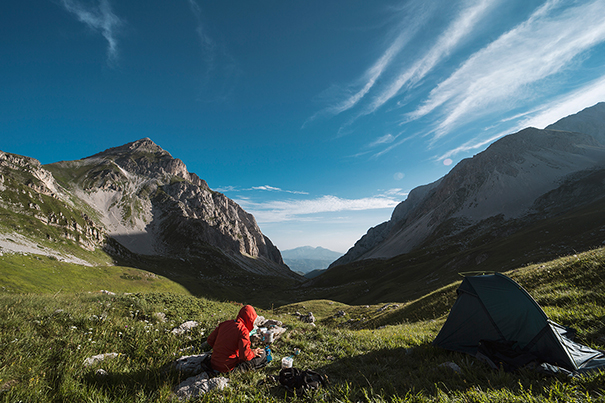BLOG
The best for outdoor photography
The best for outdoor photography
I’m an outdoor and landscape photographer based in Rome. Usually, I do my journeys in the north and center of Italy. My country has two major mountain chains: the Alps and the Apennines. While I am on a journey, I often walk hike for several hours to get to a mountain climbing site or a suggestive peak to get the best view for my photos.
As the writer Henry David Thoreau said in his book titled “Walden”:
"I went to the woods because I wished to live deliberately, to front only the essential facts of life, and see if I could not learn what it had to teach, and not, when I came to die, discover that I had not lived.”
During any hiking or climbing activity, the weight of my gear is an extremely important detail in order to reduce required effort. However, after packing all the equipment I need, the backpack still weighs around 15kg. For the images, I usually use my Canon 5D Mark III with 2 of my favorite Samyang lenses: the AF 14mm F2.8 EF and the AF 85mm F.1.4 EF. The size and weight of these 2 lenses are the best to cover all the needs during my short expeditions. The 14mm lens has a wide field of view with a really small distortion in the corners. The sharpness is incredible as well and it also has a big aperture. When I need to shoot an object from the distance, like an animal or if I want to isolate a particular part of the subject, the 85mm lens is the best option to keep the subject in a suggestive background with beautiful bokeh.
These both lenses are compact and lightweight. In the past, one of the main problems I was facing, when I went to photograph in the night time, is getting a subject in the focus. To escape light pollution to see the fantastic stargazing sky and the Milky Way I am usually going to the dark mountains peaks, carrying all the camera equipment and a tent. With the help of Samyang lenses I can easily focus on a distant subject when it’s dark. The focus of both lenses is incredible! Sometimes I even use my headlamp, placed really far from the camera, to make the perfect focusing.
Usually, to photograph the stars, you need to use the right settings that will allow the camera sensor to capture as much light as possible. For example, it can be done by increasing the ISO to capture more light without changing the aperture (which will also change the depth of field), but depending on the quality of your camera sensor, working with a higher ISO can decrease the sharpness and quality of the photo. Considering the shutter speed, night photos must be shot at a maximum of 20 or 30 seconds exposure, as with a longer exposure the stars will appear blurry or even turn into star trails.
To achieve perfect quality of the night-sky photos, you need to have a sharp and really bright lens with the aperture of F1.8 or F2.8. And the Samyang AF 14mm F2.8 EF is one of the best and sharpest lenses that I’ve had!
If it’s raining or if I am taking photos nearby a waterfall, then for me it is absolutely necessary to have equipment that has protection against moisture and dust. Hopefully, both of these AF lenses are made weather sealed – I have experienced several satiation, when my Samyang lenses were covered with snow during the cold hikes but no damage was taken.
